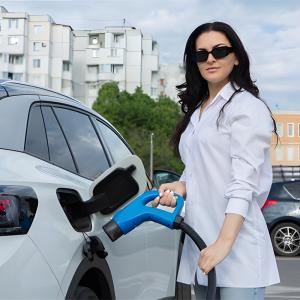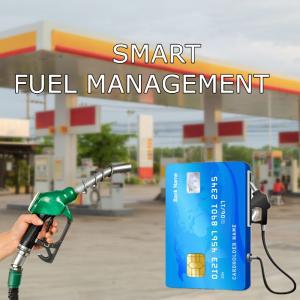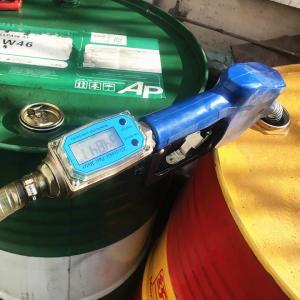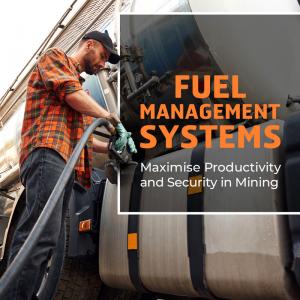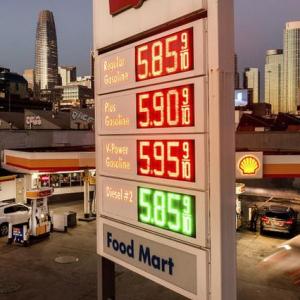Submersible Pumps vs. Suction Pumps in Gas Station
Submersible vs. Suction Pumps in Gas Stations: Why the Global Divide?
When it comes to gas station equipment, the choice of Fuel pump is critical. The two primary types are submersible pumps and suction pumps (also known as self-priming pumps). Understanding their differences is key to knowing why some countries prefer one over the other.
How They Work: Submersible vs. Suction Pumps
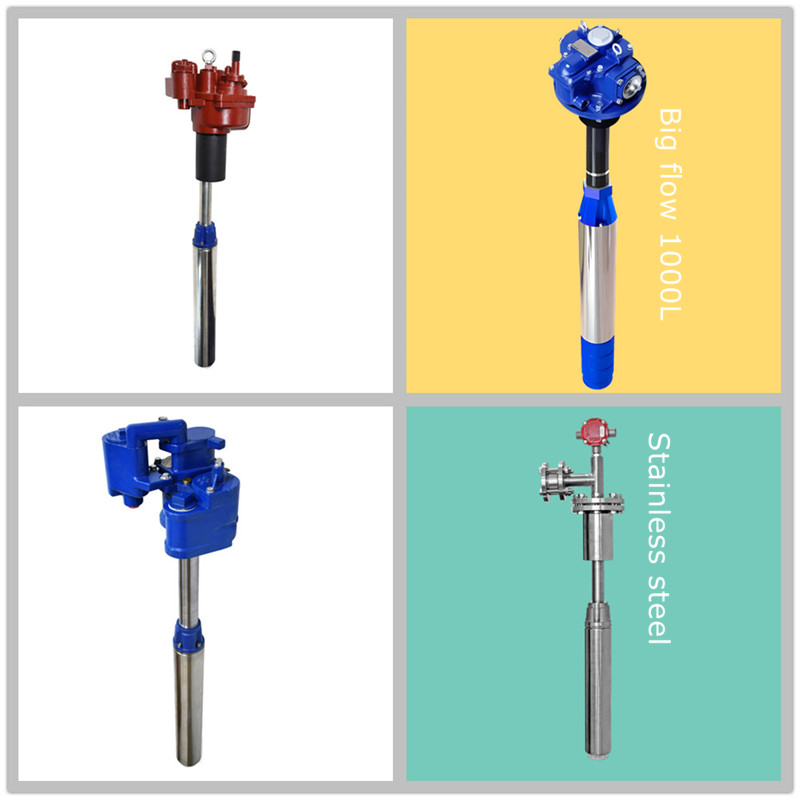
-
Submersible Pumps
-
How They Operate: Submersible pumps, especially submersible turbine pumps (STPs), are installed directly inside the underground fuel tank, fully immersed in the fuel. They operate by "pushing" the fuel from the tank up to the dispenser on the surface. This pushing action means they aren't limited by atmospheric pressure, allowing for high flow rates and consistent pressure, even over long distances or from deep tanks.
-
Key Benefits:
-
Enhanced Safety: Because the pump is submerged, the presence of oxygen is minimal, significantly reducing the risk of sparks igniting fuel vapors. Any leaks are also contained within the tank, limiting exposure and evaporation.
-
High Efficiency & Stable Pressure: Ideal for busy stations, they provide consistent, high-volume fuel delivery to multiple dispensers.
-
Quieter Operation: The surrounding fuel acts as a natural sound dampener.
-
Reduced Vapor Lock: Being constantly submerged in liquid prevents air pockets and vapor lock, ensuring continuous operation.
-
-
Maintenance Note: The motor inside these pumps requires specialized submersible pump oil for lubrication and cooling. Regular checks and changes of this oil are essential for the pump's longevity.
-
Related Use: Submersible transfer pumps are another type of submersible pump used for moving fuel between tanks or offloading from delivery trucks, offering the same safety and efficiency benefits for transfer operations.
-
-
Suction Pumps (Self-Priming Pumps)
-
How They Operate: Suction pumps are typically installed above ground, either next to or on top of the fuel tank. They work by creating a vacuum to "pull" fuel up from the tank to the dispenser. A key feature of self-priming pumps is their ability to evacuate air from the suction line, allowing them to start pumping without needing to be manually filled with liquid.
-
Key Benefits:
-
Lower Initial Cost: Generally, the upfront investment for a suction pump system is less than for a submersible pump.
-
Easier Maintenance Access: Since the pump is above ground, inspections and minor repairs are often more straightforward.
-
-
Drawbacks:
-
Lower Safety: Being above ground means a higher risk of fuel leaks and vapor release, requiring more stringent explosion-proofing and fire suppression measures.
-
Less Efficient & Stable: Their performance is limited by atmospheric pressure (typically a maximum suction lift of about 10 meters). Flow rates and pressure can be less stable, especially as tank levels drop, and they are more prone to cavitation.
-
Noisier: Without the dampening effect of being submerged, they tend to be louder.
-
-
Why Different Countries Choose Differently
The global preference for one type of gas station equipment over the other is influenced by several factors:
-
Safety Regulations & Environmental Standards:
-
Submersible Pump Dominance: In developed nations and regions with strict safety and environmental regulations (like North America and much of Europe), submersible pumps are the standard. Their inherent safety features (reducing fire, explosion, and environmental contamination risks by containing vapors and leaks) align better with stringent laws.
-
Suction Pump Niche: Suction pumps may still be found in regions with less stringent regulations or where older infrastructure is still in place.
-
-
Economic Development & Investment Capacity:
-
Long-Term Value of Submersibles: While the initial cost of submersible pumps is higher, their superior efficiency, lower long-term maintenance needs (due to fewer breakdowns), and enhanced safety often lead to better overall operational economics. Economically stronger nations and businesses can afford this higher upfront investment for long-term gains.
-
Cost-Effectiveness of Suction Pumps: For developing countries or those with budget constraints, the lower initial investment of suction pumps can be a deciding factor for rapid infrastructure deployment.
-
-
Geographic Conditions & Tank Installation:
-
In areas where fuel tanks are deeply buried, submersible pumps are the clear winner due to their ability to push fuel from significant depths without suction limitations.
-
For shallower or above-ground tanks, suction pumps can still be a viable option if high flow rates aren't a primary concern.
-
-
Technological Expertise & Maintenance Infrastructure:
-
Installing and maintaining submersible pumps requires specialized technical skills and equipment. Countries with a robust technical service and maintenance infrastructure are more likely to adopt them.
-
Suction pumps, being more accessible for maintenance, might be preferred in areas where specialized technical support is less readily available.
-
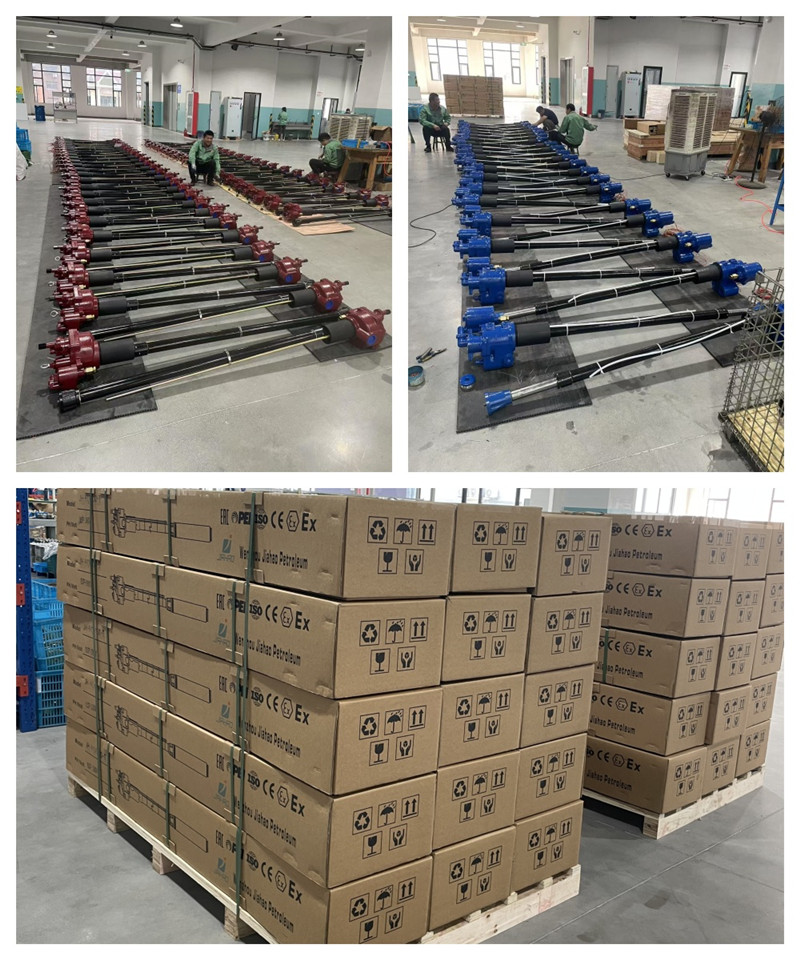
In summary, while submersible pumps (including and submersible transfer pumps) are becoming the global standard for gas station equipment due to their superior safety and efficiency, the continued use of suction pumps in certain regions highlights a balance between advanced technology, economic realities, and regulatory environments.
